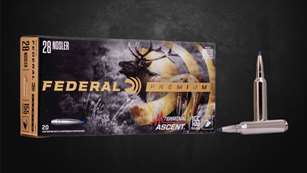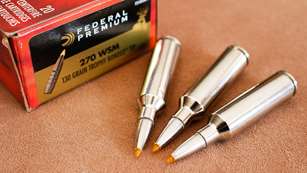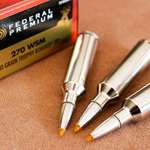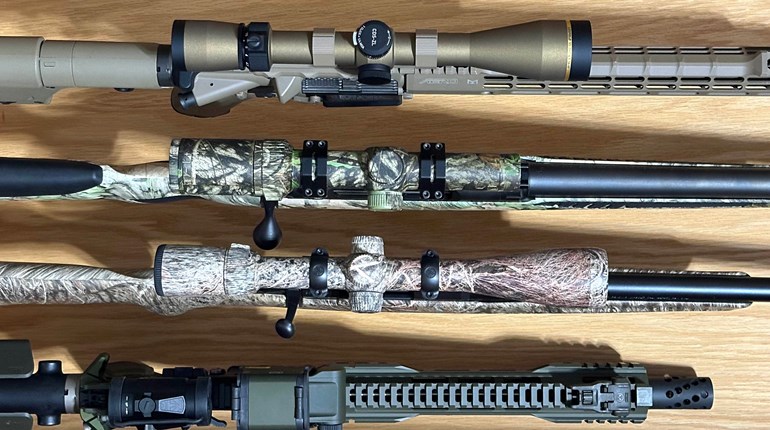Head to Head: 6.5 Creedmoor vs. 6.5x55 Swedish
Why would the Creedmoor gain acceptance, when we had such a similar level of performance in a cartridge released at the end of the 19th century? Let’s take a look at the pros and cons of each.
Interests
New For 2023




























